Humidity Measurement
Categories: Automation TechnologiesHumidity Measurement Equipments Manufacturer and Exporter In IndiaAtico Lab Export is a leading humidity measurement equipments manufacturer, supplier and exporter In India. Get high quality laborator...
Product
Description
Humidity Measurement Equipments Manufacturer and Exporter In India
Description
The Humidity Measurement unit allows students to compare
different methods of humidity measurement. It shows the differences in accuracy
between instruments and their ease of use. It also includes a blower unit with
a valve to show how air flow affects the different instruments. A square
cross-section duct supports a blower unit. The duct contains a selection of
instruments to measure humidity and temperature. A clear window in the duct
allows students to see the instruments. A removeable outlet grill gives access
to the instruments. A fan in the blower unit above the duct supplies a flow of
air and a hand-operated valve varies the air flow rate. This allows students to
study the effect of air flow on the instruments. An orifice plate and manometer
measure the flow rate. An air filter in the air flow path stops dirt or other
particles affecting the instruments. The instruments include a whirling
hygrometer that students use near the outlet of the duct, providing an extra
method of measuring temperature and humidity. The back of the duct includes an
extra port. It allows students to introduce low-pressure steam into the duct,
to increase the range of experiments (steam generator not included).
Learning Outcomes
Measurement of air flow rate in a duct
Measurement of relative humidity using different types of
instrumentation
Comparison of measurement methods for accuracy and ease of
use
Humidity Measurement Equipment Features
Shows how to measure and calculate the relative humidity
(moisture content) of air
Allows students to compare different humidity measuring
instruments
Includes air filter to help prevent dust and other
impurities from entering instruments
Includes mechanical and electronic instruments to measure
temperature and humidity
Variable flow rate fan to show the effect of air flow on
humidity measurement
Compact unit for ease of use and storage
Humidity Measurement Equipment Specifications
Atico Lab Export is committed to a programme of continuous improvement;
hence we reserve the right to alter the design and product specification
without prior notice.
Nett dimensions and weight:
1250 mm wide x 420 mm front to back x 600 mm high and 29 kg
Packed dimensions and weight:
0.5 m3 and 35 kg
Instrumentation and sensors:
Hair hygrometer
Wet and dry bulb hygrometer
Whirling hygrometer
Thin film capacitive relative humidity sensor (complete
with digital display)
Thermistor temperature sensor (complete with digital
display)
Maximum air flow rate: 110 litres/second
Operating Conditions
Operating Enviroment:
Laboratory environment
Storage Temprature Range :
–25°C to +55°C (when packed for transport)
Operating Temprature range:
+5°C to +30°C
Operating relative humidity range:
80% at temperatures < 31°C decreasing linearly to 50% at
40vC
quick overview :
Humidity Measurement Equipments Manufacturer and Exporter In India
Description
The Humidity Measurement unit allows students to compare
different methods of humidity measurement. It shows the differences in accuracy
between instruments and their ease of use. It also includes a blower unit with
a valve to show how air flow affects the different instruments. A square
cross-section duct supports a blower unit. The duct contains a selection of
instruments to measure humidity and temperature. A clear window in the duct
allows students to see the instruments. A removeable outlet grill gives access
to the instruments. A fan in the blower unit above the duct supplies a flow of
air and a hand-operated valve varies the air flow rate. This allows students to
study the effect of air flow on the instruments. An orifice plate and manometer
measure the flow rate. An air filter in the air flow path stops dirt or other
particles affecting the instruments. The instruments include a whirling
hygrometer that students use near the outlet of the duct, providing an extra
method of measuring temperature and humidity. The back of the duct includes an
extra port. It allows students to introduce low-pressure steam into the duct,
to increase the range of experiments (steam generator not included).
Learning Outcomes
Measurement of air flow rate in a duct
Measurement of relative humidity using different types of
instrumentation
Comparison of measurement methods for accuracy and ease of
use
Humidity Measurement Equipment Features
Shows how to measure and calculate the relative humidity
(moisture content) of air
Allows students to compare different humidity measuring
instruments
Includes air filter to help prevent dust and other
impurities from entering instruments
Includes mechanical and electronic instruments to measure
temperature and humidity
Variable flow rate fan to show the effect of air flow on
humidity measurement
Compact unit for ease of use and storage
Humidity Measurement Equipment Specifications
Atico Lab Export is committed to a programme of continuous improvement;
hence we reserve the right to alter the design and product specification
without prior notice.
Nett dimensions and weight:
1250 mm wide x 420 mm front to back x 600 mm high and 29 kg
Packed dimensions and weight:
0.5 m3 and 35 kg
Instrumentation and sensors:
Hair hygrometer
Wet and dry bulb hygrometer
Whirling hygrometer
Thin film capacitive relative humidity sensor (complete
with digital display)
Thermistor temperature sensor (complete with digital
display)
Maximum air flow rate: 110 litres/second
Operating Conditions
Operating Enviroment:
Laboratory environment
Storage Temprature Range :
–25°C to +55°C (when packed for transport)
Operating Temprature range:
+5°C to +30°C
Operating relative humidity range:
80% at temperatures < 31°C decreasing linearly to 50% at
40vC
Product
Reviews
add Review
reviews
No Review Yet.
Copyrights © 2025 All Rights Reserved by Atico






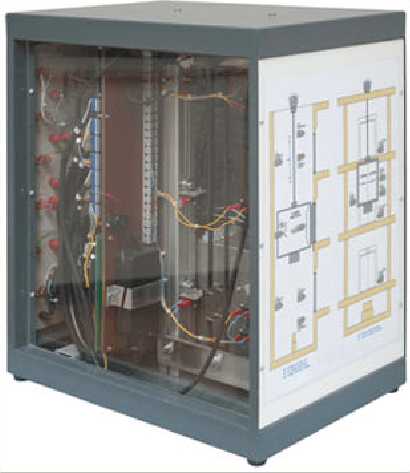
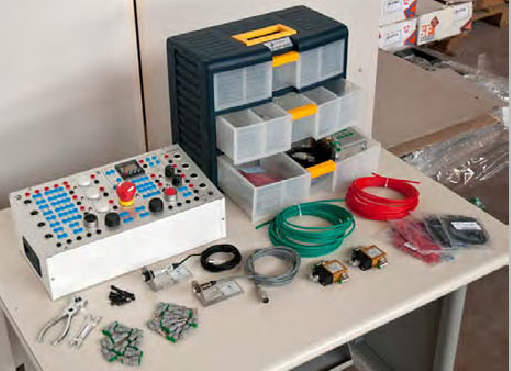
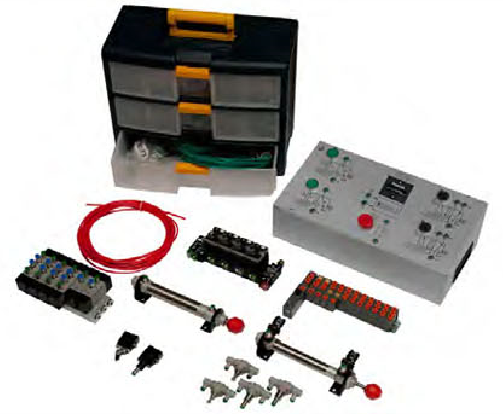
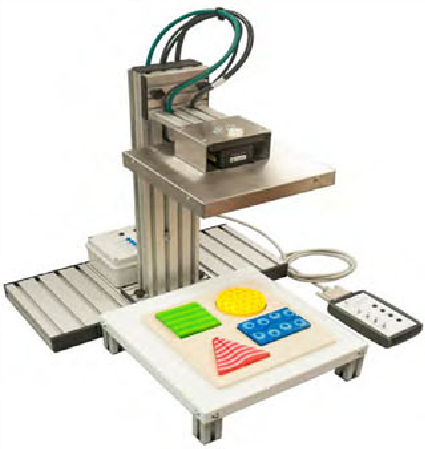
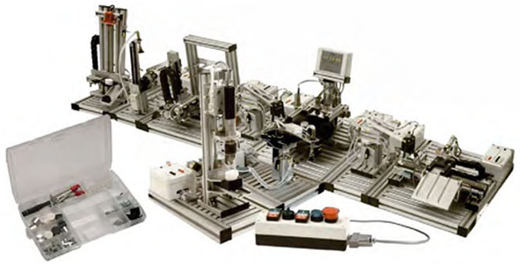
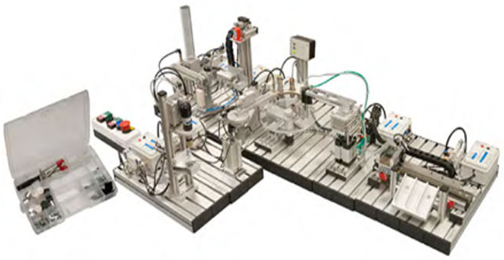
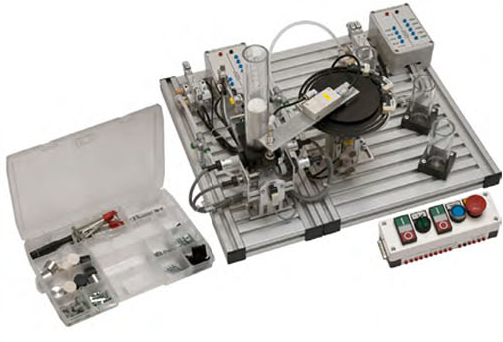
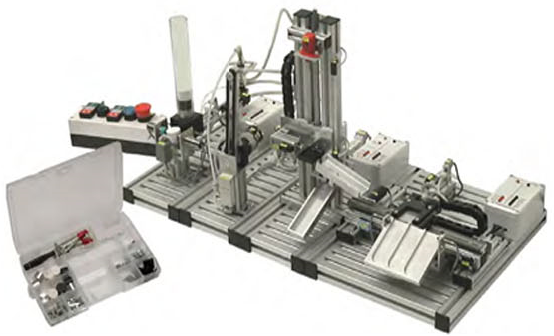
Product
Reviews
add Review
reviews
No Review Yet.